Effect of Auto-Tuning on Serrated Flow Behavior
Abstract
1. Introduction
2. Materials and Methods
3. Results and Discussion
3.1. The Effect of Auto-Tuning
- expectations (here we treat it as the defined strain rate),
- measurement (the system measures the strain rate),
- analysis (the control system compares the defined rate with the measured rate), and
- actions (the system uses PID or other method to minimize the discrepancy).
3.2. Mechanism of Serrated Flow Behavior
4. Conclusions
- (1)
- The auto-tuning by adaptive controller is an effective way for the controlling performance of servo-hydraulic fatigue testing machine. However, the auto-tuning of strain channel after the auto-tuning of position and load channels would shield the real material characteristics under strain control mode due to the self-adjustment set by the optimized PID values via adaptive controller.
- (2)
- The serrations are related to the real material property, depending on the material type, strain rate, and temperature. The serrations in the aluminum alloy are observed at room temperature after auto-tuning of either position channel only or position and load channels. In sharp contrast, no serrations are observed in the magnesium alloy and mild steel samples after auto-tuning of any channel.
Author Contributions
Funding
Acknowledgments
Conflicts of Interest
References
- Hinton, C. Adaptive PID control of dynamic materials-testing machines using remembered stiffness. In Applications of Automation Technology to Fatigue and Fracture Testing and Analysis; ASTM International: West Conshohocken, PA, USA, 1997; pp. 111–119. [Google Scholar]
- Clarke, D.W.; Hinton, C.J. Adaptive control of materials-testing machines. Automatica 1997, 33, 1119–1131. [Google Scholar] [CrossRef]
- Nishikawa, Y.; Sannomiya, N.; Ohta, T.; Tanaka, H. A method for auto-tuning of PID control parameters. Automatica 1984, 20, 321–332. [Google Scholar] [CrossRef]
- Kasprzyczak, L.; Macha, E. Selection of settings of the PID controller by automatic tuning at the control system of the hydraulic fatigue stand. Mech. Syst. Signal Process. 2008, 22, 1274–1288. [Google Scholar] [CrossRef]
- Liu, G.P.; Daley, S. Optimal-tuning nonlinear PID control of hydraulic systems. Control Eng. Pract. 2000, 8, 1045–1053. [Google Scholar] [CrossRef]
- Elbayomy, K.M.; Zongxia, J.; Huaqing, Z. PID Controller Optimization by GA and Its Performances on the Electro-hydraulic Servo Control System. Chin. J. Aeronaut. 2008, 21, 378–384. [Google Scholar] [CrossRef]
- Rodriguez, P. Serrated plastic flow. Bull. Mater. Sci. 1984, 6, 653–663. [Google Scholar] [CrossRef]
- Nakada, Y.; Keh, A. Serrated flow in Ni-C alloys. Acta Metall. 1970, 18, 437–443. [Google Scholar] [CrossRef]
- Pozuelo, M.; Chang, Y.W.; Marian, J.; Yang, J.M. Serrated flow in nanostructured binary Mg-Al alloys. Scr. Mater. 2017, 127, 178–181. [Google Scholar] [CrossRef]
- Qian, L.; Guo, P.; Zhang, F.; Meng, J.; Zhang, M. Abnormal room temperature serrated flow and strain rate dependence of critical strain of a Fe–Mn–C twin-induced plasticity steel. Mater. Sci. Eng. A 2013, 561, 266–269. [Google Scholar] [CrossRef]
- Fan, Z.; Li, Q.; Fan, C.; Wang, H.; Zhang, X. Strategies to tailor serrated flows in metallic glasses. J. Mater. Res. 2019, 1–13. [Google Scholar] [CrossRef]
- Yilmaz, A. The Portevin–Le Chatelier effect: A review of experimental findings. Sci. Technol. Adv. Mater. 2011, 12, 063001. [Google Scholar] [CrossRef] [PubMed]
- Halim, H.; Wilkinson, D.; Niewczas, M. The Portevin–Le Chatelier (PLC) effect and shear band formation in an AA5754 alloy. Acta Mater. 2007, 55, 4151–4160. [Google Scholar] [CrossRef]
- Jiang, H.; Zhang, Q.; Chen, X.; Chen, Z.; Jiang, Z.; Wu, X.; Fan, J. Three types of Portevin–Le Chatelier effects: Experiment and modelling. Acta Mater. 2007, 55, 2219–2228. [Google Scholar] [CrossRef]
- McCormigk, P. A model for the Portevin-Le Chatelier effect in substitutional alloys. Acta Metall. 1972, 20, 351–354. [Google Scholar] [CrossRef]
- Cottrell, A.H. LXXXVI. A note on the Portevin-Le Chatelier effect. Lond. Edinb. Dublin Philos. Mag. J. Sci. 1953, 44, 829–832. [Google Scholar] [CrossRef]
- Penning, P. Mathematics of the portevin-le chatelier effect. Acta Metall. 1972, 20, 1169–1175. [Google Scholar] [CrossRef]
- Kubin, L.P.; Estrin, Y. Evolution of dislocation densities and the critical conditions for the Portevin-Le Châtelier effect. Acta Metall. Mater. 1990, 38, 697–708. [Google Scholar] [CrossRef]
- McCormick, P. The Portevin-Le Chatelier effect in an Al-Mg-Si alloy. Acta Metall. 1971, 19, 463–471. [Google Scholar] [CrossRef]
- Cottrell, A.H. Dislocations and Plastic Flow in Crystals; Clarendon Press: Oxford, MS, USA, 1953. [Google Scholar]
- Härtel, M.; Illgen, C.; Frint, P.; Wagner, M. On the PLC effect in a particle reinforced AA2017 alloy. Metals 2018, 8, 88. [Google Scholar] [CrossRef]
- Feng, A.H.; Chen, D.L.; Ma, Z.Y. Microstructure and cyclic deformation behavior of a friction-stir-welded 7075 Al alloy. Metall. Mater. Trans. A 2010, 41, 957–971. [Google Scholar] [CrossRef]
- Niu, P.L.; Li, W.Y.; Li, N.; Xu, Y.X.; Chen, D.L. Exfoliation corrosion of friction stir welded dissimilar 2024-to-7075 aluminum alloys. Mater. Charact. 2019, 147, 93–100. [Google Scholar] [CrossRef]
- Mirza, F.A.; Wang, K.; Bhole, S.D.; Friedman, J.; Chen, D.L.; Ni, D.R.; Xiao, B.L.; Ma, Z.Y. Strain-controlled low cycle fatigue properties of a rare-earth containing ME20 magnesium alloy. Mater. Sci. Eng. A 2016, 661, 115–125. [Google Scholar] [CrossRef]
- Clarke, D.W. PID algorithms and their computer implementation. Trans. Inst. Meas. Control 1984, 6, 305–316. [Google Scholar] [CrossRef]
- Lee, S.Y.; Hwang, B. Dynamic strain aging and serration behavior of three high-manganese austenitic steels. Metall. Mater. Trans. A 2019. [Google Scholar] [CrossRef]
- Rai, R.K.; Sahu, J.K. Mechanism of serrated flow in a cast nickel base superalloy. Mater. Lett. 2018, 210, 298–300. [Google Scholar] [CrossRef]
- Schwab, R.; Ruff, V. On the nature of the yield point phenomenon. Acta Mater. 2013, 61, 1798–1808. [Google Scholar] [CrossRef]
- Brindley, B.J.; Worthington, P.J. Yield-point phenomena in substitutional alloys. Metall. Rev. 1970, 15, 101–114. [Google Scholar]
- Van Liempt, P.; Onink, M.; Bodin, A. Modelling the influence of dynamic strain ageing on deformation behaviour. Adv. Eng. Mater. 2002, 4, 225–232. [Google Scholar] [CrossRef]
- Rizzi, E.; Hähner, P. On the Portevin–Le Chatelier effect. Int. J. Plast. 2004, 20, 121–165. [Google Scholar] [CrossRef]
- Lebedkina, T.A.; Lebyodkin, M.A.; Chateau, J.-P.; Jacques, A.; Allain, S. On the mechanism of unstable plastic flow in an austenitic FeMnC TWIP steel. Mater. Sci. Eng. A 2009, 519, 147–154. [Google Scholar] [CrossRef]
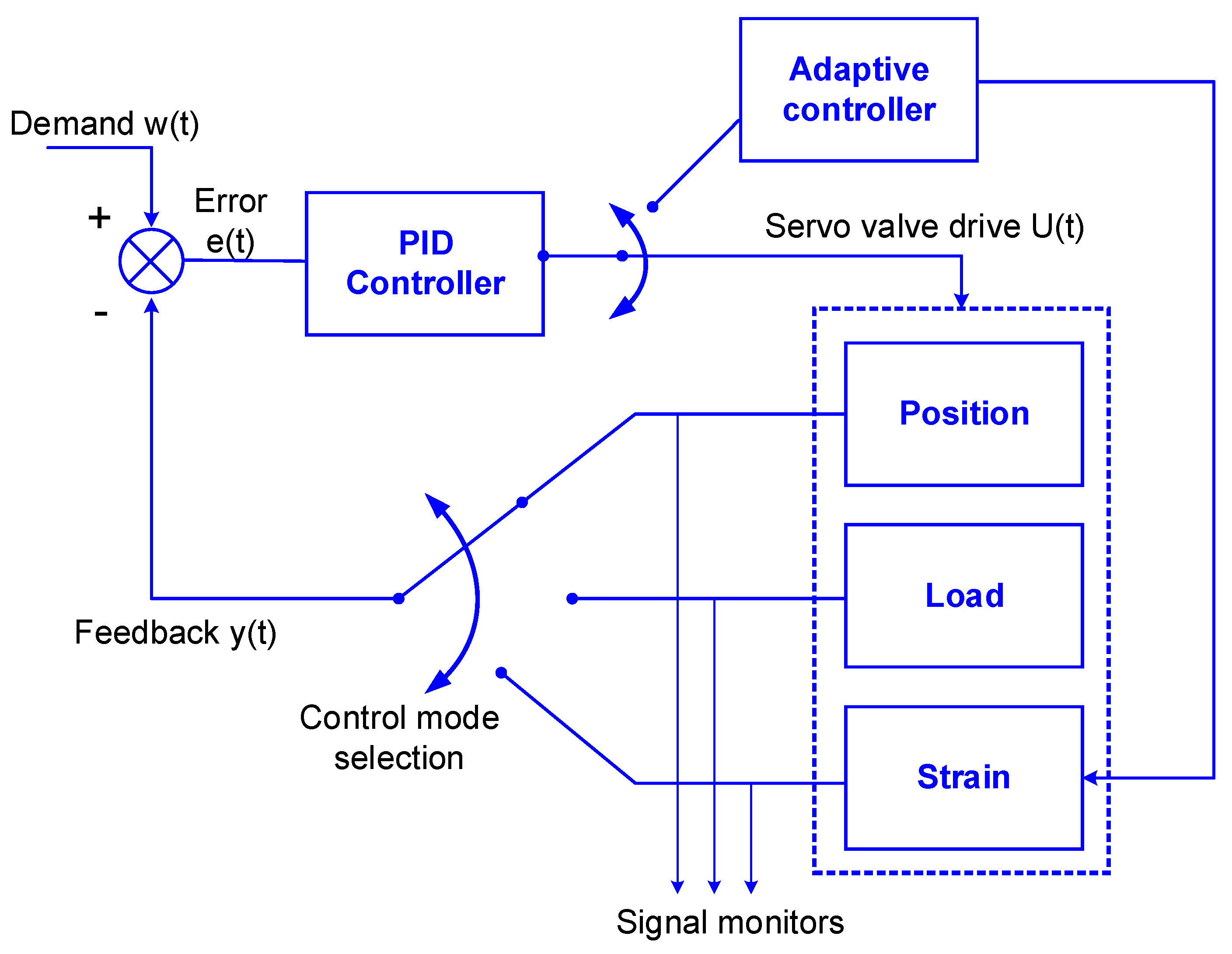
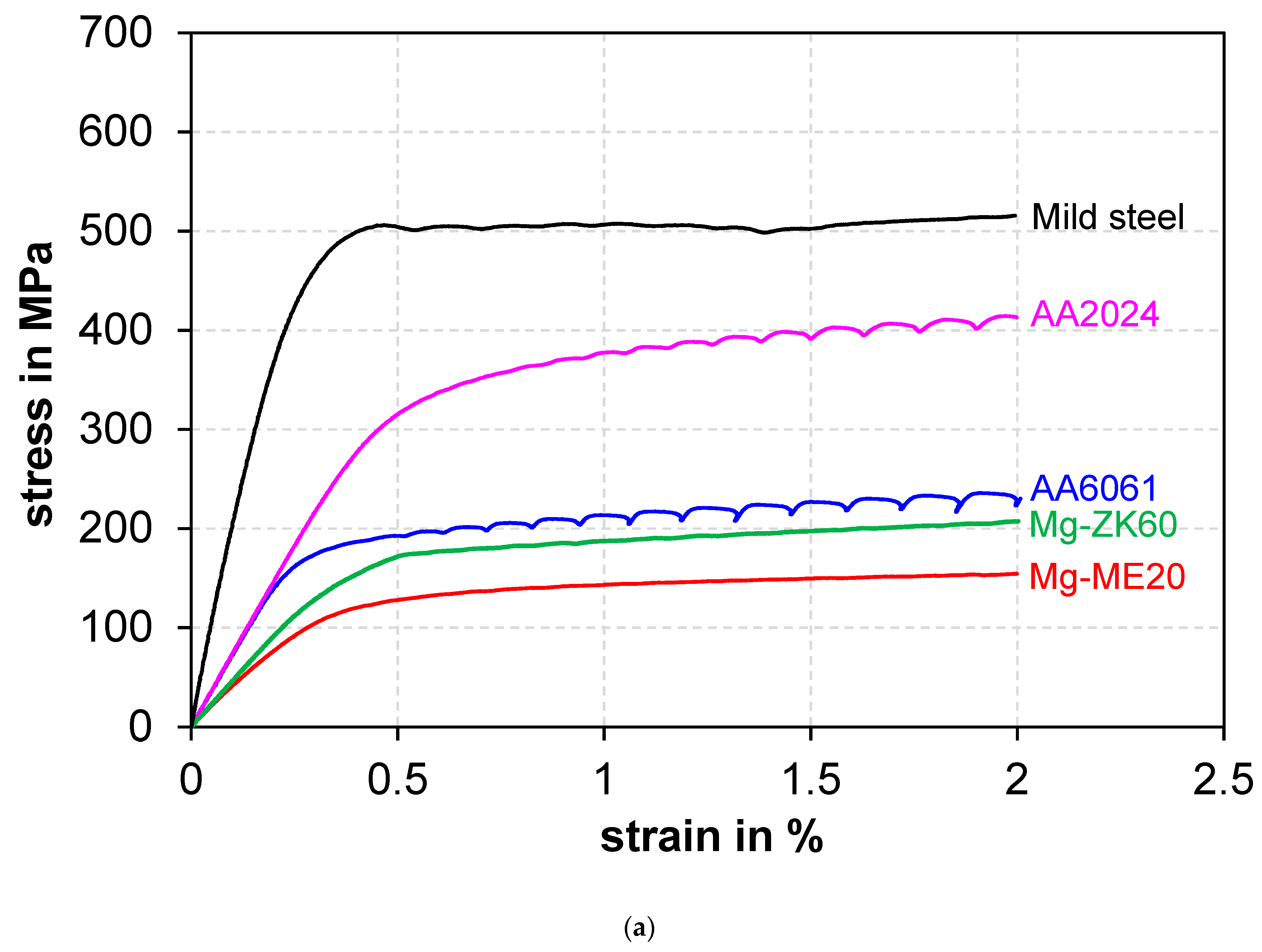
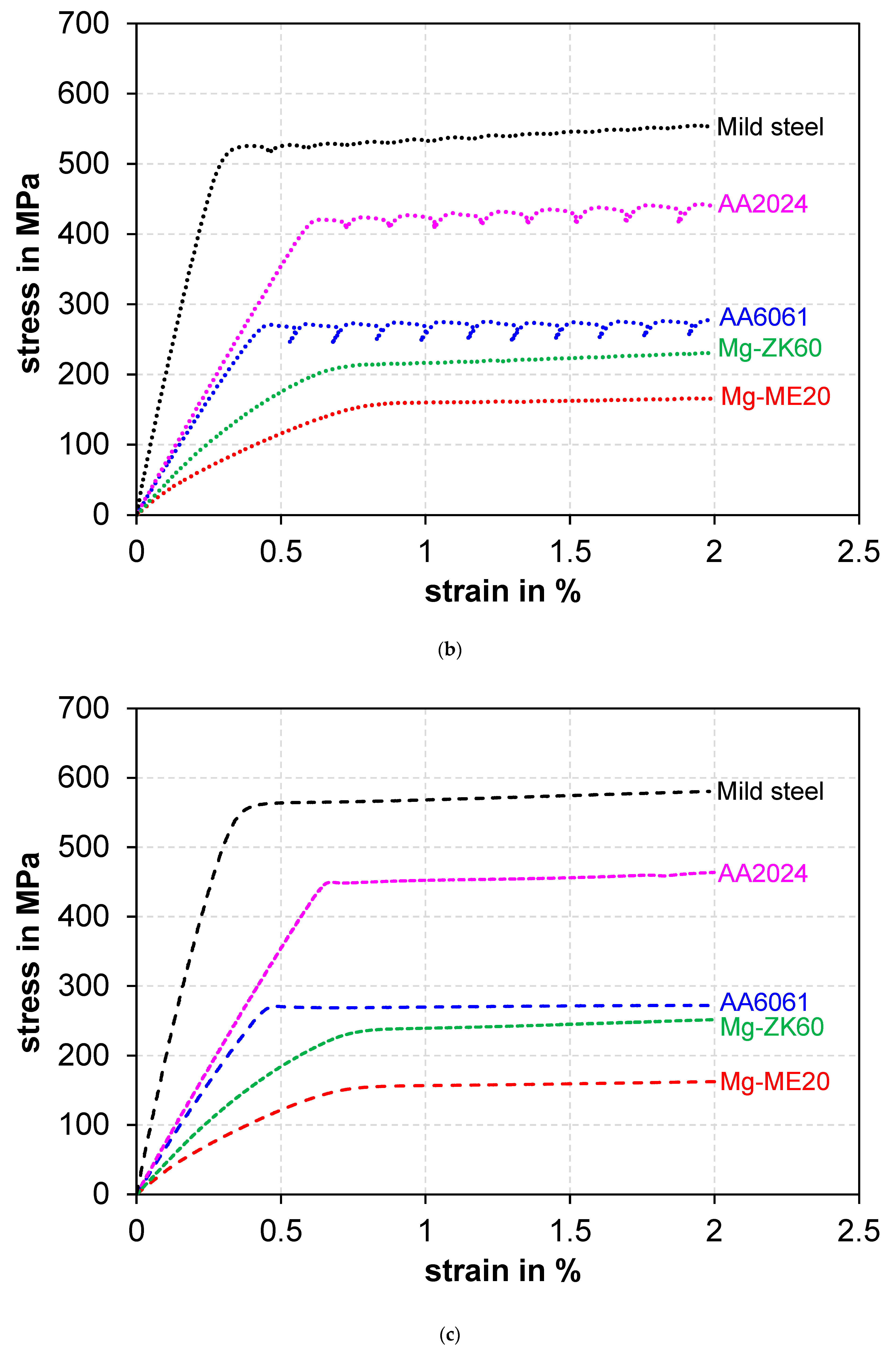
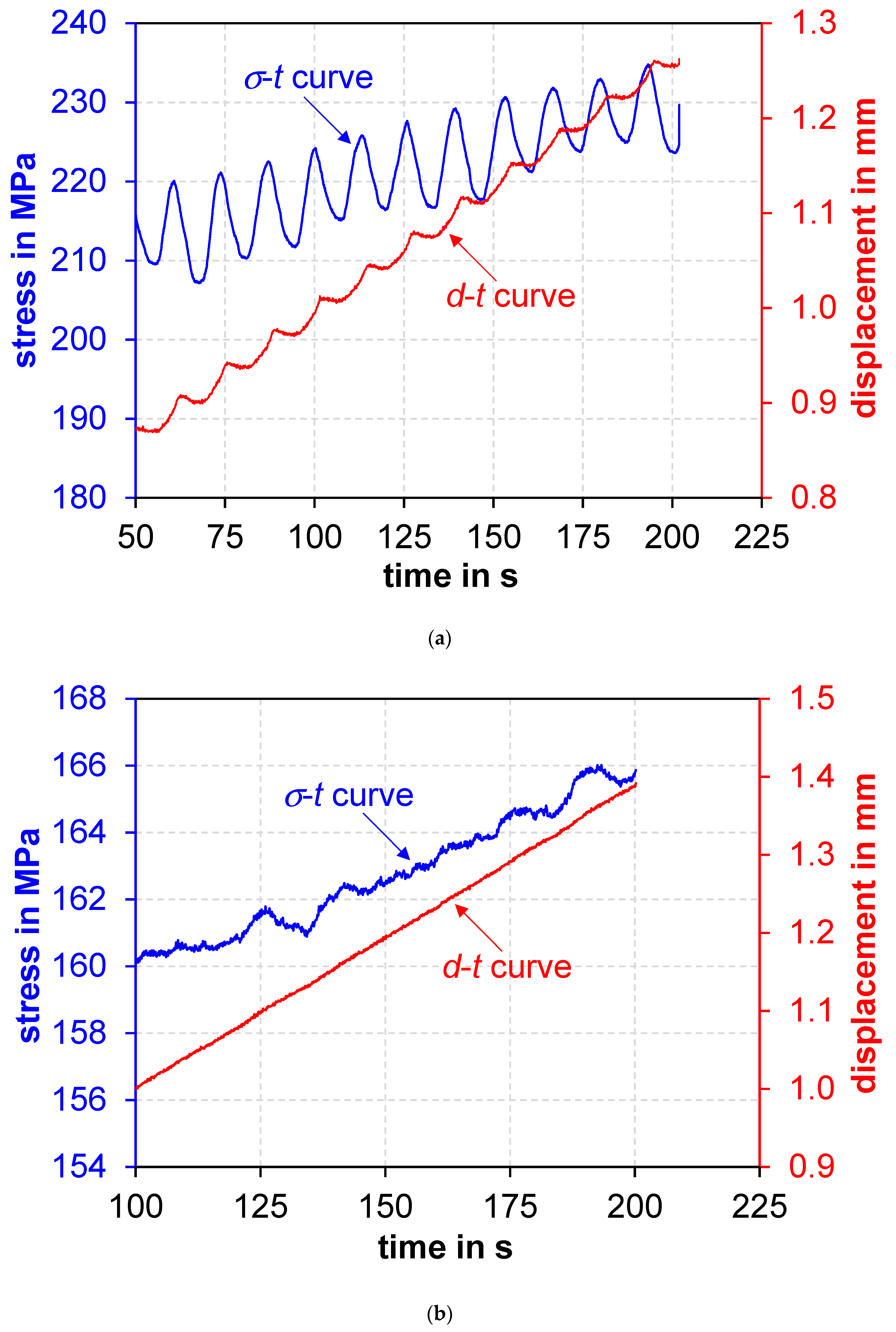
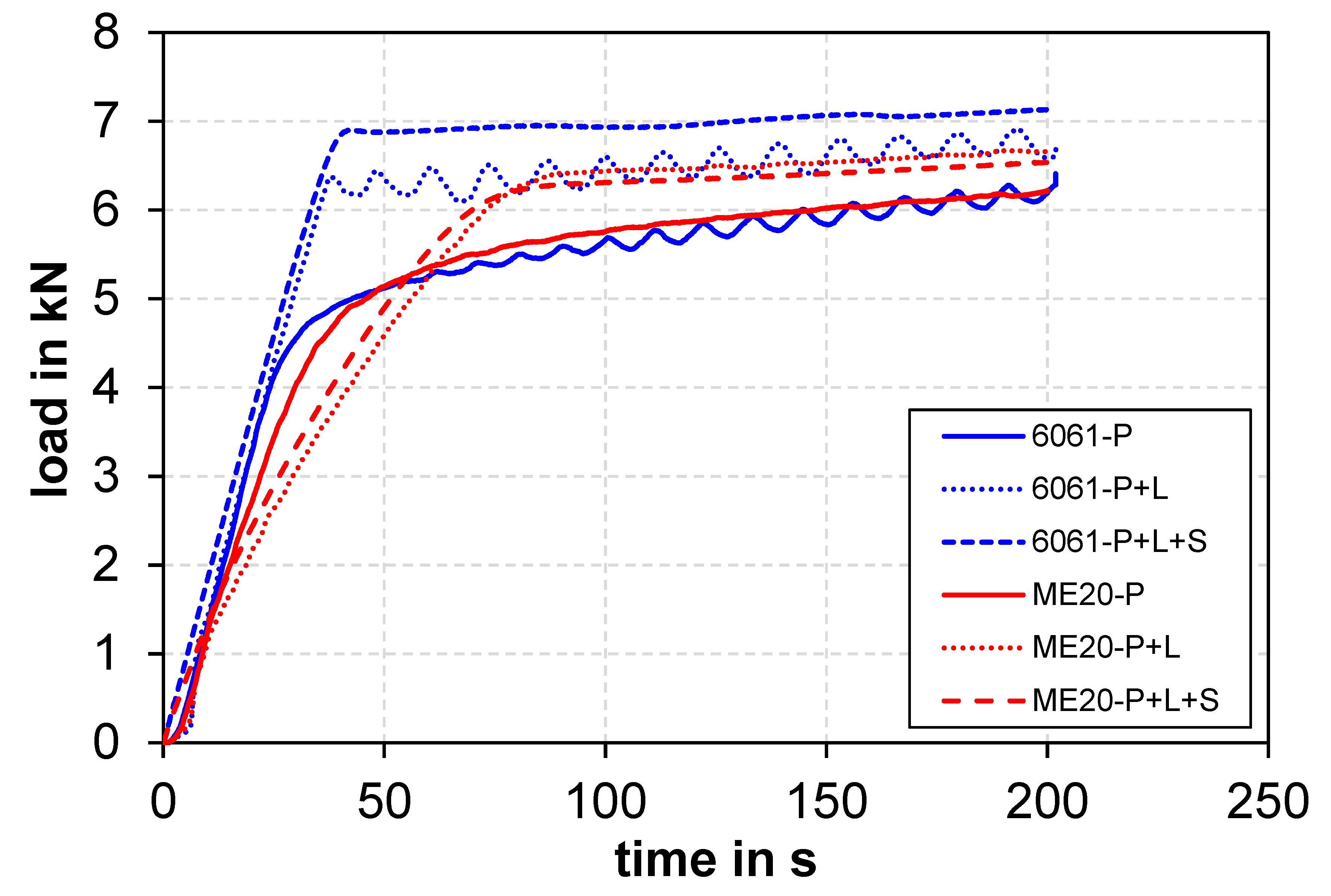
© 2019 by the authors. Licensee MDPI, Basel, Switzerland. This article is an open access article distributed under the terms and conditions of the Creative Commons Attribution (CC BY) license (http://creativecommons.org/licenses/by/4.0/).
Share and Cite
Mohammed, S.M.A.K.; Chen, D.L. Effect of Auto-Tuning on Serrated Flow Behavior. Metals 2019, 9, 845. https://doi.org/10.3390/met9080845
Mohammed SMAK, Chen DL. Effect of Auto-Tuning on Serrated Flow Behavior. Metals. 2019; 9(8):845. https://doi.org/10.3390/met9080845
Chicago/Turabian StyleMohammed, S.M.A.K., and D.L. Chen. 2019. "Effect of Auto-Tuning on Serrated Flow Behavior" Metals 9, no. 8: 845. https://doi.org/10.3390/met9080845
APA StyleMohammed, S. M. A. K., & Chen, D. L. (2019). Effect of Auto-Tuning on Serrated Flow Behavior. Metals, 9(8), 845. https://doi.org/10.3390/met9080845




